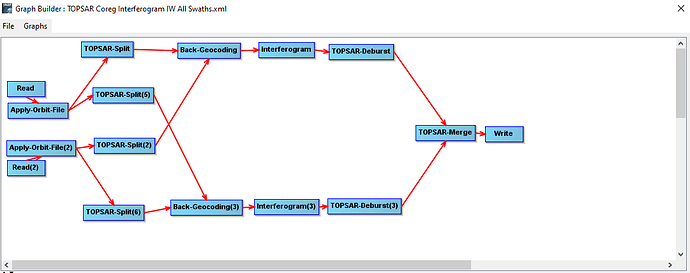I agree that the referenced literature is not very clear ragarding this case.
According to the Grahp Builder of SNAP, this is the suggested approach to calculate an interferogram (including coherence) from two sub-swaths:
The two Read operators use images of different dates and the TOPSAR Split select IW1 and IW2 accordingly. They are then coreistered by BackGeocoding, the inteferogram is computed and debursted and both parts are merged using TOPS Merge.
I think this hopefully makes it a bit clearer. You were probably right from the beginning already.
